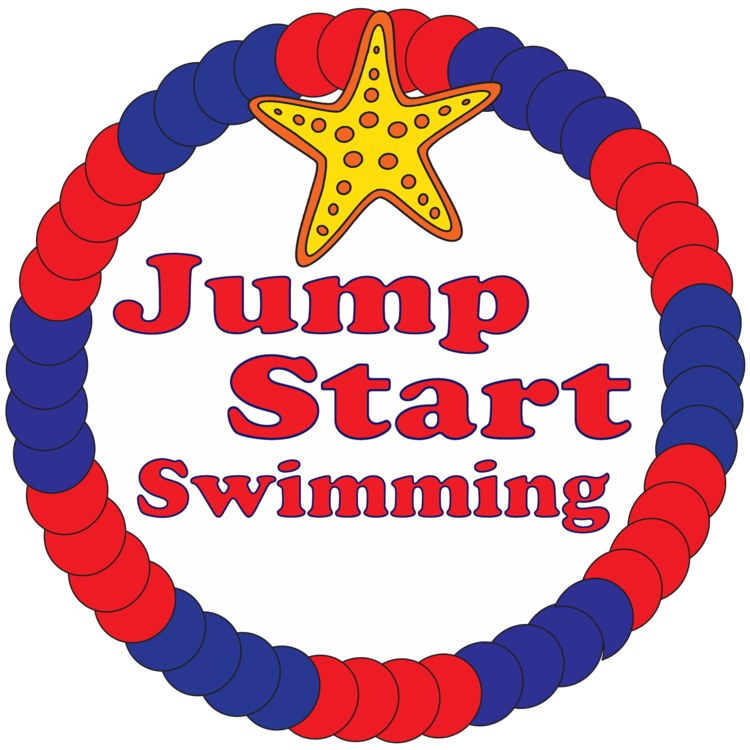Water Safety Tips 2015!
According to the American Red Cross, drowning is the second-leading cause of unintentional injury-related death for children ages one to 14. It’s a scary reality, but following these safety tips can help parents and caregivers provide the water safety that is so important for children.
Teach your children to swim or enroll in swim lessons as soon as possible.
Stay close, alert, and near the pool, watching children both in and around the water at all times.
Learn CPR and update your certification regularly.
Never use floatation toys or devices as a suitable supervision or safety.
Talk to your children about the importance of water safety, in and out of the water. My kids love to run around the pool, so this is one area I have to remind them about. The danger of slipping, falling, hurting yourself, or others and putting everyone in risk of injury.
Inform babysitters, or family members that are in charge of your children – the importance of water safety. It doesn’t hurt to have a friendly reminder about the supervision required near pools or other water sources.
Never assume someone else is watching your children in or around the pool.
Don’t assume you’ll hear a child who’s in trouble in the water, drowning is silent and unlikely you would actually hear the child in trouble.
If a child does go missing during a pool or water outing, always look in the water source first and fast.
Install a child safety fence and locks &/or alarms on any entryway to pool &/or cover your pool or spa when not in use.
About Jump Start Swimming
Jump Start Swimming teaches children as young as 6 months how to be safe in and around the water. Instructors teach the steps to the Swimming Safety Sequence which consistences of; (1) jumping or falling into the water, (2) rolling onto their backs, (3) calling for help or rolling back over and kicking to the edge of the pool. This sequence allows swimmers to be safe around the water and teaches them the skills they need to save their lives.



